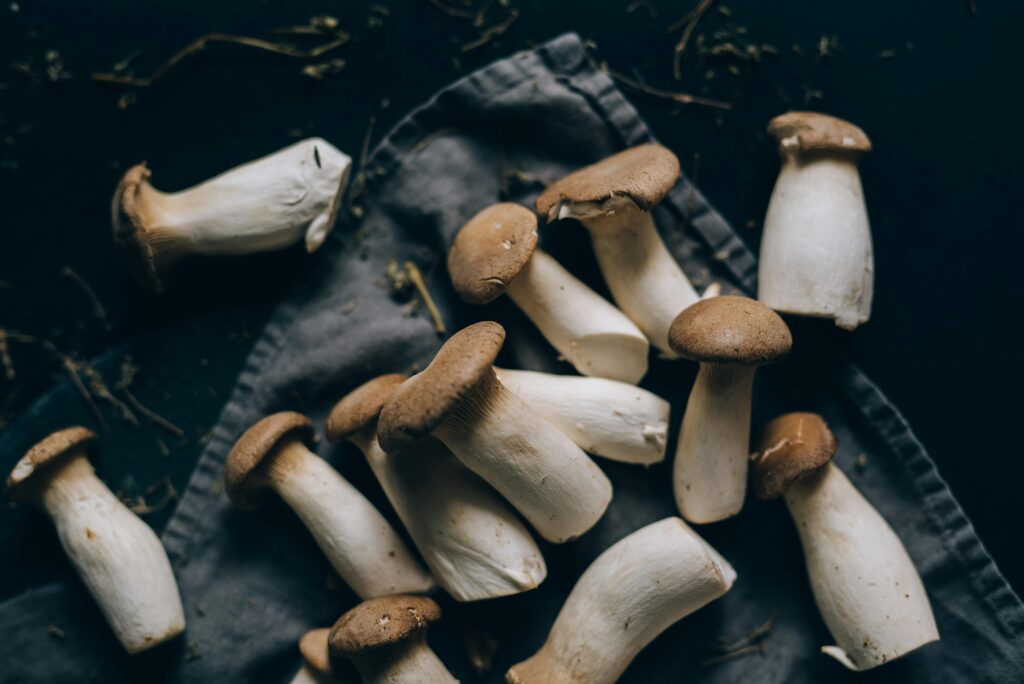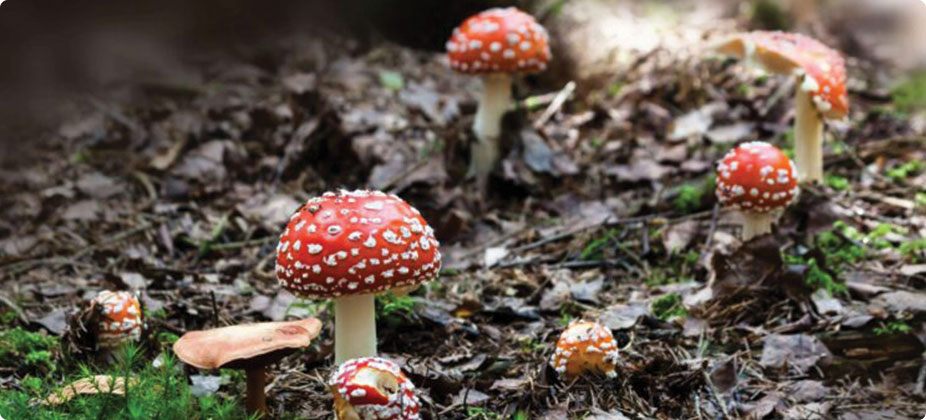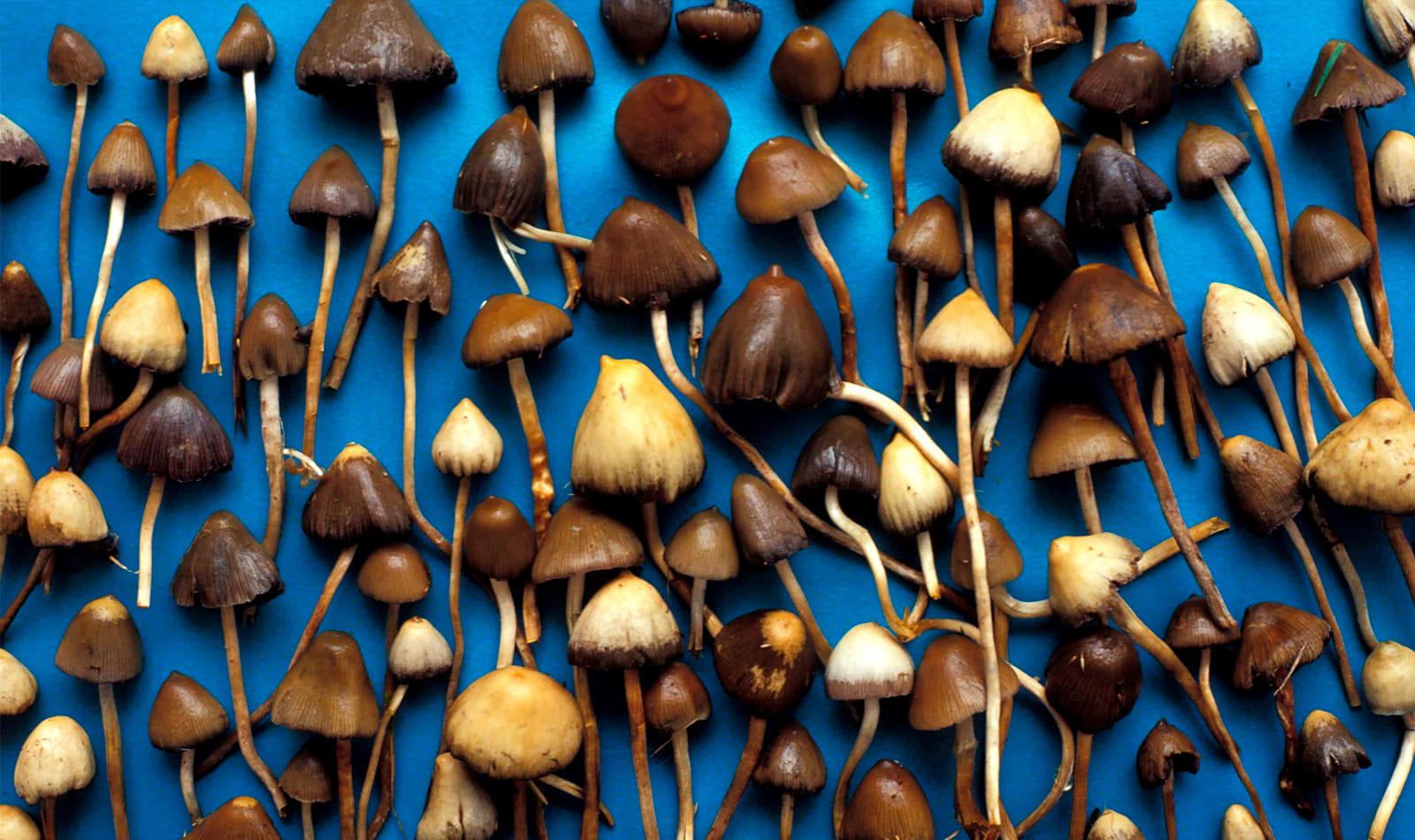Reading Time: 9 minutes
In recent years, the curiosity and acceptance surrounding the use of psychedelic substances for spiritual growth, healing, and personal transformation have significantly increased. Among these substances, ayahuasca and psilocybin stand out as two of the most intriguing and widely discussed options. Both offer unique pathways to inner exploration but differ in their origins, effects, and ceremonial contexts. At Essence Institute, we provide guided experiences into both worlds, offering participants a safe and supportive environment for their journeys. This post aims to compare and contrast the experiences of ayahuasca and psilocybin retreats, helping you discern which path might align more closely with your personal goals and intentions.
Introduction to Plant Medicine
Plant medicine has played a vital role in the spiritual and healing practices of indigenous cultures for centuries. Both ayahuasca and psilocybin mushrooms are revered as powerful tools, offering unique opportunities for deep introspection and profound insights. Ayahuasca ceremonies, often led by experienced shamans in a supportive environment, guide participants through transformative journeys that can foster personal growth and spiritual awakening. In contrast, psilocybin retreats typically provide a more individualized approach, allowing participants to explore their inner world at their own pace.
As interest in plant medicine grows in the Western world, understanding the differences between these two substances, ayahuasca and psilocybin, becomes essential for anyone seeking personal transformation and spiritual growth. Whether through the communal rituals of ayahuasca or the introspective journeys of psilocybin mushrooms, both paths offer meaningful ways to connect with oneself and the world.
What is ayahuasca?
Ayahuasca is a traditional healing medicine that has been used for centuries by indigenous communities in the Amazon rainforest. Its ancient use in indigenous rituals and healing practices highlights its long-standing cultural and spiritual significance. It is typically prepared by boiling the banisteriopsis caapi vine, which acts as a key source of monoamine oxidase inhibitors (MAOIs) that enable the psychoactive effects of DMT when consumed orally, and combining it with the leaves of a shrub called Psychotria viridis, known as chacruna.
The resulting brew contains dimethyltryptamine (DMT), which is a powerful psychoactive compound that induces altered states of consciousness. Ayahuasca ceremonies are led by experienced shamans or healers who guide participants through their journey, often with the accompaniment of shamanic songs and rituals.
What is psilocybin?
Psilocybin, on the other hand, refers to a naturally occurring psychoactive compound found in certain species of psychedelic mushrooms, commonly known as magic mushrooms. These mushrooms have been used for spiritual and medicinal purposes in indigenous cultures throughout history, particularly in Central America by Mayan and Aztec civilizations. Indigenous practices involving psilocybin mushrooms often include traditional ceremonies that highlight their historical and cultural significance. Similarly to ayahuasca, psilocybin induces altered states of consciousness and can lead to intense spiritual experiences when used in a ceremonial context.
Chemical Composition and Effects
The unique effects of ayahuasca and psilocybin mushrooms stem from their distinct chemical compositions. Ayahuasca is a psychedelic brew crafted from the ayahuasca vine (Banisteriopsis caapi) and the leaves of the Psychotria viridis plant. This combination creates an orally active form of DMT, a powerful psychoactive compound that allows participants to embark on intense, visionary journeys. The vine Banisteriopsis caapi contains natural MAO inhibitors, which enable the DMT to be absorbed and experienced fully.
In contrast, psilocybin mushrooms contain the psychoactive compound psilocybin, which the body converts into psilocin. Psilocin interacts with serotonin receptors in the brain, leading to profound changes in perception, thought, and mood. Both substances are celebrated for their ability to facilitate deep healing, spiritual growth, and personal transformation, but the nature of the psychedelic experience they offer can differ significantly. Whether through the vivid visions of ayahuasca or the expansive consciousness of psilocybin, these plant medicines open doors to new realms of understanding and self-discovery.
Ayahuasca Consumption and Preparation
Ayahuasca consumption is deeply rooted in ceremonial tradition, typically taking place in a sacred setting under the guidance of experienced shamans or facilitators. The ayahuasca brew is meticulously prepared by boiling the ayahuasca vine and Psychotria viridis leaves, resulting in a potent and revered drink. Preparation for an ayahuasca ceremony often involves following a strict diet, which includes avoiding certain foods and substances, as well as engaging in mental preparation to ensure a safe and meaningful experience.
During the ceremony, which can last several hours, participants may encounter intense visions, emotional release, and profound insights. The ceremonial setting and careful preparation are designed to support the healing process and maximize the transformative potential of the ayahuasca experience.
Differences between ayahuasca and Psilocybin
While both ayahuasca and psilocybin have the potential to bring about powerful inner journeys, there are significant differences in their origins, effects, and ceremonial contexts. These differences are largely due to the distinct chemical compounds found in each substance, which contribute to their unique effects. Both ayahuasca and psilocybin have a long history of traditional use by indigenous tribes in the Amazon and Mesoamerica, where they play important roles in cultural and ceremonial practices.
Origins
Ayahuasca has been used for centuries by indigenous cultures in the Amazon rainforest as a tool for spiritual growth, healing, and connection with nature. In contrast, psilocybin has a history of use in many different cultures, including Mesoamerican and Native American traditions. However, it was not until the 1950s that its psychoactive compound was isolated and studied by Western scientists.
Effects
Ayahuasca and psilocybin both induce altered states of consciousness, but their psychedelic effects can differ greatly. Ayahuasca is known for its intense, visionary experiences that can last for several hours. It often brings about deep introspection and the potential to work through past traumas or emotional blockages. On the other hand, psilocybin has a shorter duration of effects, typically lasting 4-6 hours, and is more commonly associated with feelings of euphoria and increased openness to new experiences. Users often refer to the psilocybin experience as a mushroom trip.
The physical experience can also differ significantly. Ayahuasca is known for its strong physical effects: participants often experience nausea, vomiting, shaking, or diarrhea, which are considered part of the healing process in traditional contexts. These effects can be intense and demand full surrender to the body’s natural release. Psilocybin, especially when consumed as dried mushrooms, is generally less physically taxing. While some may notice mild nausea or body tension at the start, the experience usually unfolds more gently, without the same level of physical intensity. This difference may influence which journey someone chooses based on their readiness and sensitivity.
Ceremonial context
Both ayahuasca and psilocybin are typically used in ceremonial contexts, but the nature of these ceremonies can differ significantly. Ayahuasca ceremonies often take place in a sacred space, with group settings led by experienced shamans or healers guiding the journey. Participants are encouraged to set intentions for their experience and may also participate in rituals such as purifying baths and dietary restrictions beforehand. In contrast, psilocybin ceremonies may be more individualized and less structured, with participants typically lying down and wearing eye masks to encourage introspection. In modern times, psilocybin ceremonies are frequently offered as part of psychedelic retreats, providing a supportive environment for personal growth and healing.
The inner journey: mystical and emotional effects
While both ayahuasca and psilocybin can lead to profound emotional healing, the inner experience they evoke is quite distinct. Both substances are known to induce mystical experiences: profound, spiritual, and transformative states that can foster deep insight and healing. Ayahuasca often brings intense, visionary journeys rooted in ancestral symbolism, such as serpents, jungle landscapes, or a presence known as “Mother Ayahuasca.” Participants describe it as a powerful, purgative experience that can reveal deep insights through confrontation and release, sometimes resulting in profound life changes.
The psilocybin experience, on the other hand, tends to facilitate feelings of unity, ego dissolution, and cosmic connection. Many report that psilocybin experiences are characterized by a gentler entry, opening the door to emotional clarity, childlike wonder, and perspective shifts that feel both expansive and grounding. In therapeutic settings, a guided mushroom journey can help maximize the healing potential of these psychedelic experiences, emphasizing the importance of preparation, guidance, and integration to ensure safety and lasting benefits.
Choosing your path
When deciding between ayahuasca and psilocybin for your inner exploration journey, it is essential to consider your personal goals and intentions. If you are seeking a longer and potentially more intense experience with a deep focus on healing and emotional processing, ayahuasca may be the right choice for you. On the other hand, if you are looking for a shorter but still profound journey with a focus on self-discovery and increased openness, psilocybin may be the better option.
At Essence Institute, we offer guided experiences into both worlds, allowing participants to choose their path and embark on a transformative inner journey. Integrating the insights gained from these journeys into everyday life is crucial for fostering lasting personal growth and meaningful change.
Therapeutic focus
Both ayahuasca and psilocybin have been studied for their potential therapeutic benefits, including the treatment of mental health conditions such as depression, anxiety, and PTSD. In particular, ayahuasca has shown promise in its ability to heal trauma, helping individuals confront and integrate deep-seated emotional wounds often underlying depression, anxiety, and PTSD. However, it is essential to note that these substances should only be used in a controlled and ceremonial context under the guidance of experienced facilitators.
Integration support
One of the most crucial aspects of any psychedelic experience is the integration process that follows. At Essence Institute, we provide support and guidance for participants to help them make sense of their experiences and integrate them into their daily lives. This process can be especially beneficial for those seeking long-term transformation and growth.
Safety considerations
It is crucial to approach any psychedelic experience with caution and awareness of potential risks. Interactions with the active compounds in ayahuasca and psilocybin can pose health risks for some individuals, especially when combined with certain medications or pre-existing conditions. It is not recommended to use ayahuasca or psilocybin if you have a history of mental health conditions, are taking certain medications, or have a family history of psychotic disorders. At Essence Institute, we conduct thorough screenings and provide preparation and support for participants to ensure the safest possible experience.
Ayahuasca vs Psilocybin Conclusion
In summary, both ayahuasca and psilocybin can be powerful tools for inner exploration and personal growth. By understanding their origins, effects, ceremonial contexts, and therapeutic potentials, you can make an informed decision about which path aligns best with your intentions and goals. At Essence Institute, we offer safe and supportive environments for those seeking transformative experiences with either substance. We believe that when approached with respect and awareness, these substances have the potential to facilitate profound healing and growth on an individual and collective level. So, choose your path wisely and embark on a journey of self-discovery and transformation.
Embark on your own inner journey. Join one of our group retreats.
Frequently asked questions about ayahuasca vs psilocybin
Which is better for personal growth: ayahuasca or psilocybin?
Both ayahuasca and psilocybin can support deep personal growth, but they work differently. Ayahuasca often brings intense emotional release and deep visions, while psilocybin facilitates gentle insight and expanded awareness. The choice depends on your intention, emotional readiness, and openness to the type of experience each provides.
Do both ayahuasca and psilocybin require a special diet beforehand?
Ayahuasca typically requires a dieta – a strict dietary protocol before the ceremony to reduce physical side effects and enhance safety. This includes avoiding certain foods, such as fermented foods, which should be excluded to prevent potential adverse interactions and to increase sensitivity to the brew. Other substances to avoid include medications, caffeine, and alcohol. Psilocybin generally doesn’t require such preparation, though a light, healthy diet beforehand is encouraged to support mental and physical clarity.
Is ayahuasca more intense than psilocybin?
Ayahuasca is widely regarded as more intense than psilocybin, largely due to its strong purgative effects such as vomiting, sweating, and shaking. This physical release is considered a crucial part of the healing process, allowing participants to confront and let go of past traumas and emotional blockages. While psilocybin also offers the potential for deep healing and personal transformation, its effects are generally more gentle and introspective, with fewer intense physical sensations. Ultimately, both ayahuasca and psilocybin can lead to profound personal growth and deep healing, but the intensity and nature of the experience will depend on individual factors like mindset, preparation, and personal intentions. Allowing participants to choose the path that resonates most with their needs is key to a meaningful psychedelic journey.
Is ayahuasca more intense then psilocybin?
Ayahuasca is often considered more physically and emotionally intense due to its purgative effects and the strong visions it can induce. Psilocybin tends to be gentler on the body, though it can still bring about deep emotional processing. Intensity is subjective and varies from person to person.
Is there a difference in how the integration process works afterward?
Yes. Ayahuasca experiences often require more time to process emotionally and physically, and integration may involve continued dietary adjustments or traditional practices. Psilocybin integration tends to focus more on emotional reflection, lifestyle shifts, and applying newfound perspectives. In both cases, professional support after the journey helps translate insights into daily life.



